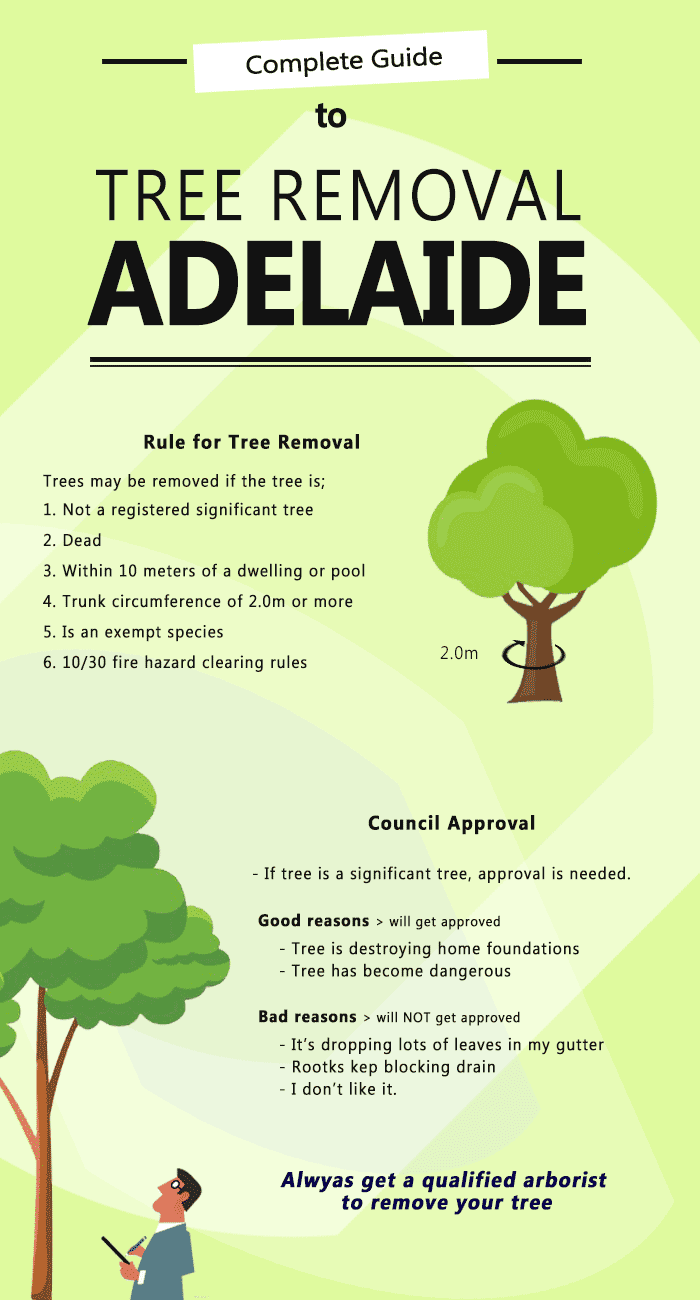Guarding Your Landscape: Replanting After Tree Removal
Guarding Your Landscape: Replanting After Tree Removal
Blog Article
Web Content Writer-Thorup Garrett
Tree removal can leave a gap in your landscape that needs filling. You can grow something brand-new in that room, but it takes additional treatment and attention at the beginning to aid it grow.
The dirt because area will certainly keep transforming with time as bacteria break down the old origins. That can affect the nutrient equilibrium and physical room for brand-new development.
Soil
The soil in a story where a tree has been eliminated is most likely to be really various from the rest of your garden or backyard. The roots of the old tree and the stump will have altered the dirt, removing some nutrients and potentially crowding out other plants. In addition, if the previous tree was diseased, the transmittable representative might still remain in the ground.
The presence of origins fosters an abundant and diverse community of soil bacteria that enhances necessary processes like nutrient cycling and organic matter decay. Without these microbes, the displaced dirt can become much less productive and nutrient-depleted, with an unfavorable effect on plant development.
Before replanting, the dirt must be eliminated of particles and natural product (such as wood chips from stump grinding). You may want to mix in potting soil or native dirt with this garden compost to provide your new growing with an environment that is well balanced and packed with nutrients.
Water
Tree origins take in large amounts of water from the dirt. This process likewise includes nutrients back to the soil, specifically nitrogen, which is vital for brand-new trees and plants. Unfortunately, old soil can be diminished of these vital minerals as a result of the worn out origins and stump from an eliminated tree.
This is why it is necessary to have a prepare for the future of your landscape. Ideally, the very best time to plant is when you have a clean slate.
Whether you're planting lawn or blossoms, ensure to utilize a soaker hose to avoid overwatering your brand-new landscape design. If the area was a yard, make sure to cover the soil with organic compost to help maintain dampness in the dirt, control soil temperatures and suppress weeds. https://azbigmedia.com/lifestyle/6-backyard-renovations-to-inspire-your-next-diy-project/ offers a layer of defense for young plants and promotes worm activity. Then, regularly renew the mulch to continue enhancing the dirt nutrient thickness and microbial life. This is called dirt remediation.
Light
Trees are a terrific enhancement to any landscape, supplying color, visual pulchritude, and several other advantages. Nevertheless, often trees come to be unsightly as a result of a variety of factors, including disease, pest problems and all-natural aging.
In such situations, it may be necessary to remove a tree. It is necessary to take into consideration the value of a particular tree in your landscaping and take the correct steps to make sure that the removal is done securely and efficiently.
Throughout the late summer season, it's a perfect time to perform upkeep and assessments on existing trees. Search for indicators of illness, insect invasions, or architectural damages, as well as any type of potential hazards such as weakened or leaning trees.
Prior to beginning any kind of building and construction projects, make sure to secure the root zones of existing trees by avoiding soil compaction and grading around them. Organic matter, as it breaks down, can produce harmful gases that are detrimental to the roots of a tree. It's likewise a good idea to mulch the area around a tree after building and construction has completed to save dampness and suppress weed growth.
Temperature
Trees are important to a landscape for their visual charm, but they likewise play a crucial duty in the neighborhood ecological community by offering shade and windbreaks. They sustain wild animals habitats and lower the amount of co2 airborne, which can contribute to global warming. This is why it is suggested to replant trees after eliminating one from the residential property.
When replanting a new tree in the place of a previous stump, the soil may not have adequate nutrients to support it. https://www.detroitnews.com/story/life/home-garden/2019/12/26/well-dressed-garden-climate-smart-landscape-ideas/2750153001/ is best to wait on a year before growing to make certain that the soil will certainly be rich in nutrients.
To make certain that replanted trees flourish, it is crucial to provide them with appropriate treatment. A layer of compost will certainly maintain dirt dampness from evaporating, regulate soil temperature, and help suppress weeds. Organic compost is the preferred option since it improves soil fertility. Ongoing fertilizing and parasite control are also vital for replanted trees.